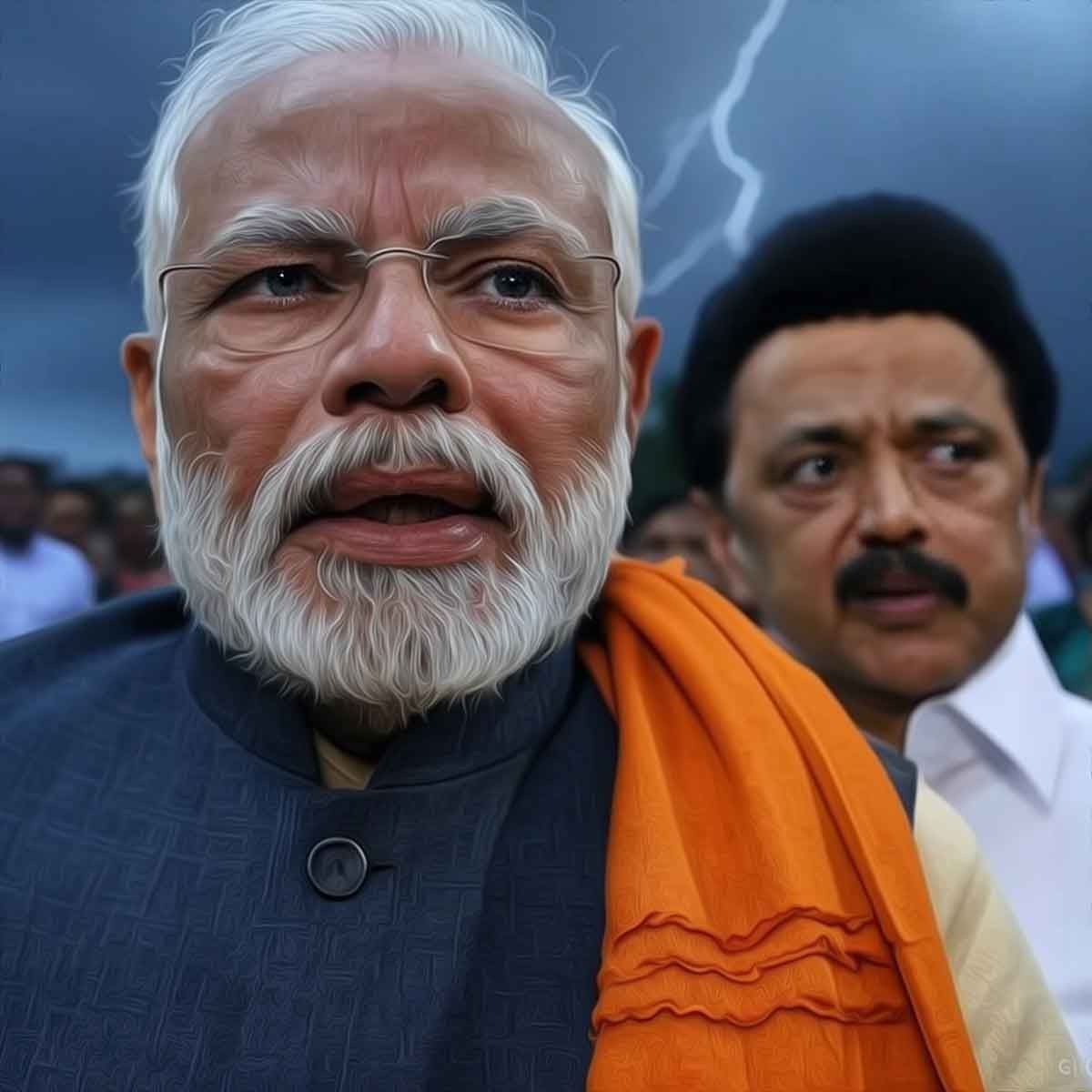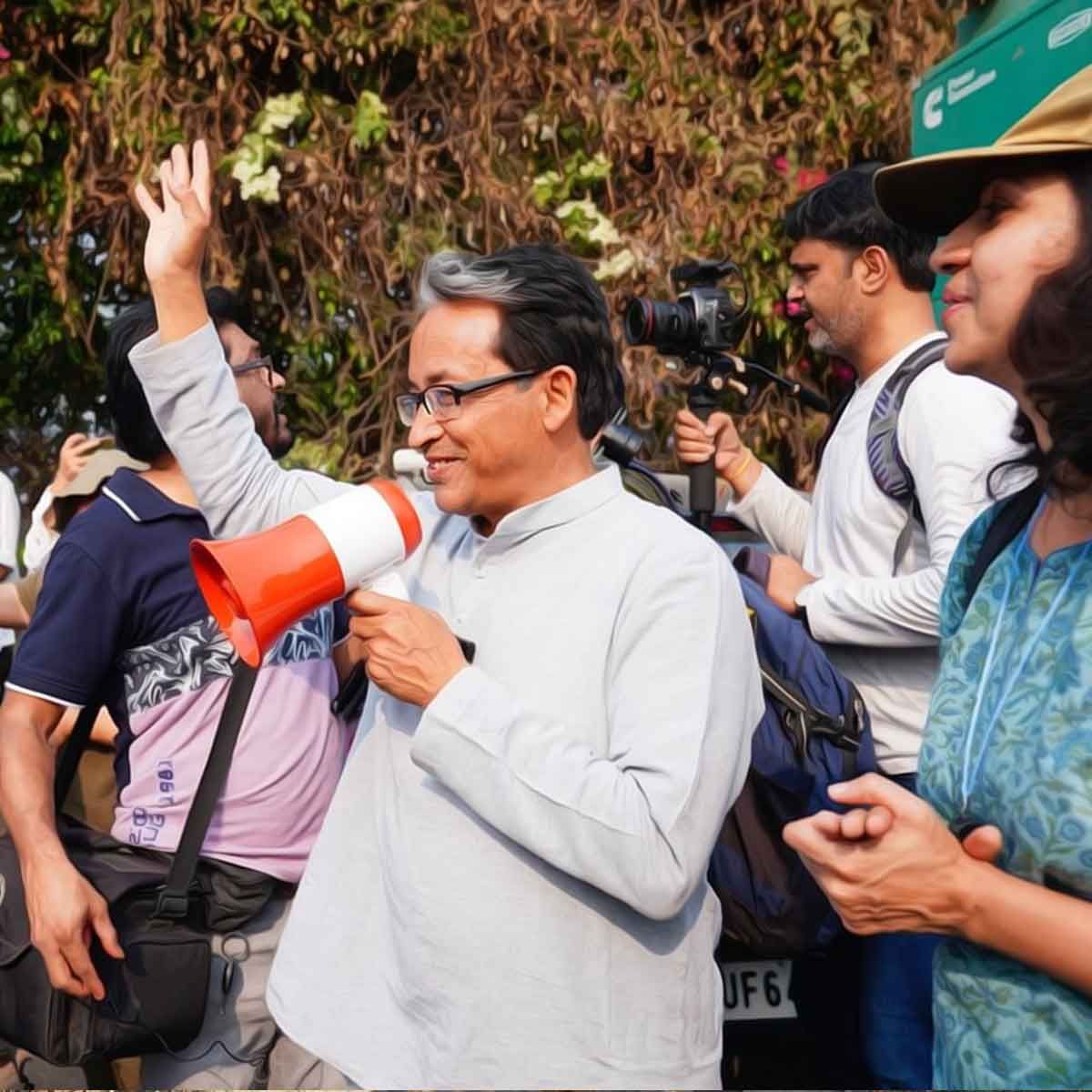More Coverage
Twitter Coverage
Satyaagrah
Written on
Satyaagrah
Written on
Satyaagrah
Written on
Satyaagrah
Written on
Satyaagrah
Written on
JOIN SATYAAGRAH SOCIAL MEDIA
"China worried sick": India's Arunachal Frontier Highway, a 1859km strategic marvel @ ₹40000 crore, revolutionizes border connectivity & defense, linking crucial regions from Tawang to Vijaynagar, bolstering national security against geopolitical tensions

India is undertaking a significant and strategic initiative by starting the construction of the Arunachal Frontier Highway. This project is not just a development stride; it's a pivotal move in the realm of national security and regional accessibility.
|
The primary aim of the Arunachal Frontier Highway is to boost the capabilities of India's armed forces while simultaneously enhancing the lives of the local population. By improving infrastructure and accessibility, the project promises to bring about a transformative change in the region.
The Arunachal Frontier Highway will be beneficial for the armed forces and the common populace, by exponentially increasing accessibility and infrastructure.
Despite facing opposition from China due to longstanding territorial disputes, the Indian government, led by Prime Minister Modi, has boldly initiated this project. The Frontier Highway in Arunachal Pradesh, a region China claims but which remains an integral part of India, is a clear indication of India's firm stance on its territorial sovereignty.
The highway's strategic value extends beyond mere transportation. It aims to connect remote areas, fostering economic development and stemming the migration from frontier villages. This not only strengthens the local economies but also fortifies India's borders. Additionally, the highway will play a crucial role in enabling swift mobilization and deployment of the Indian Army along the Line of Actual Control (LAC), a critical aspect considering the recent tensions in the region.
An interesting aspect of the highway is its proximity to the LAC, being just 20 kilometers inside the Indian territory. It passes near Yagtse, a location that has witnessed one of the recent and most intense clashes between India and China. This proximity is a strategic move, enhancing India's ability to maintain a vigilant presence in a historically contentious area.
|
USP of Frontier Highway
The Arunachal Frontier Highway is not just a road; it's a vital piece of a much larger puzzle that fits into the Modi government's vision for India's border areas. This project reflects a deep commitment to strengthening national security and enhancing the lives of those living in frontier regions.
- It dovetails into the long-term vision of the Modi government, envisaged in the Vibrant Villages Programme that pivots to stop migration from the frontier villages of India, including Arunachal Pradesh. In fact, the scheme was launched in Arunachal Pradesh by Union Home Minister Amit Shah. This programme aims to halt the migration of people from India's border villages, including those in Arunachal Pradesh. By improving living conditions and opportunities in these areas, the programme seeks to encourage residents to stay.
- One of the major achievements in this direction is the connectivity provided to all villages within a 5-kilometer radius of the international border through all-weather roads. This ensures that these areas remain accessible throughout the year, regardless of weather conditions. The initiation of the Arunachal Frontier Highway, spanning 1859 kilometers, is a monumental step in this connectivity drive. In recent years, there has been significant progress in this area, with 252 habitations being connected via a network of 2500 kilometers of roads.
Arunachal Frontier Highway: A long march that is a nightmare for CCP
— The Frustrated Indian (@FrustIndian) December 7, 2022
Follow next tweet for the link pic.twitter.com/5lLaNWNlBe - The Arunachal Frontier Highway itself will be a substantial 1,500 kilometers in length. This highway is set to play a crucial role in the development of the region. In addition to this, plans are in place to construct an additional 1,000 kilometers of roads in the area. This expansive road network will not only improve the lives of those living in these remote areas but will also bolster India's defense capabilities.
- The Frontier Highway stands as a significant development for both the armed forces and the local population in Arunachal Pradesh. Its construction will greatly enhance the infrastructure and accessibility in the region. The armed forces will benefit from the improved ability to mobilize and respond rapidly in this strategically crucial area, while the local populace will gain from the enhanced access to vital services and opportunities, contributing to the overall socio-economic development of the region.
- With an estimated cost nearing Rs 40,000 crore, the Arunachal Frontier Highway is poised to be one of the most extensive and challenging road construction projects undertaken in India. The project's scale and the difficulty of the terrain it will traverse make it a noteworthy endeavor in the country's infrastructure development history. This substantial investment reflects the project's importance for national development and security.
- The realization of this ambitious project is a collaborative effort involving multiple government agencies. The Border Roads Organisation (BRO), known for its expertise in constructing roads in difficult terrains, and the Ministry of Road Transport and Highways (MoRTH) are key players in this endeavor. Their combined efforts and resources are pivotal in overcoming the challenges posed by the project's scope and the region's geography.
- The Ministry of Road Transport and Highways (MoRTH) has projected that all the essential approvals and land acquisitions necessary for the highway will be completed by March 2025. This timeline is crucial for ensuring that the project proceeds without major delays, allowing for a seamless transition from the planning to the execution phase.
- The target completion date for the construction of the Frontier Highway is set for March 2027. Achieving this deadline will be a significant accomplishment given the project's complexity and the demanding nature of the terrain. This timeframe also reflects the urgency and priority the government has placed on enhancing infrastructure in India's border areas.
- Once completed, the Frontier Highway will be a vital addition to Arunachal Pradesh's network of national highways. Alongside the East-West Industrial Corridor Highway and the Trans-Arunachal Highway, it will form a robust trio of highways, significantly improving the state's connectivity and opening up new possibilities for economic and industrial growth.
- The Frontier Highway is envisaged as a "futuristic highway," reflecting modern and forward-thinking engineering and planning. Its route along the strategic India-Tibet-China-Myanmar border is of immense significance. It not only enhances India's tactical positioning in this sensitive area but also serves as a vital link for trade and interaction with neighboring countries, potentially opening new corridors for international cooperation and development.
- The Frontier Highway will be strategically located, just 20 kilometers away from the Line of Actual Control (LAC) and other international borders. This proximity is significant as it enhances India's strategic depth and surveillance capabilities in this sensitive area. It also ensures that the Indian armed forces have quick and easy access to key locations along the border, crucial for maintaining security and responding to any potential threats.
- The highway's route is planned to start from Bomdila and will pass through several key locations including Nafra, Huri, and Monigong, which are near the LAC or the McMahon Line. This alignment underscores the highway's strategic importance. The route will end in Vijaynagar, situated close to the India-Myanmar border, thus connecting a vast stretch of strategically important areas and enhancing the connectivity of remote border regions with the rest of the country.
- The Frontier Highway will traverse through several significant centers, including Tawang, Mago Upper Subansiri, Upper Siang, Mechukha, Tuting, Dibang Valley, Kibithoo, Changlang, and Dong. These areas, some of which are remote and have been historically challenging to access, will benefit immensely from the enhanced connectivity. This will not only aid in better governance and delivery of services but also boost tourism and local economies.
- A pivotal feature of the Frontier Highway is its integration with the under-construction Trans-Arunachal Highway. This integration will provide a continuous link from Tawang to Kanubari, eventually connecting to NH 52 near Akajan, close to the Bogibeel bridge near Dibrugarh in Assam. Such connectivity is crucial for the holistic development of the region, allowing for easier movement of goods and people, and fostering a sense of unity and accessibility within Arunachal Pradesh and beyond.
- The announcement of the Frontier Highway project had drawn objections from China. The Chinese Foreign Ministry spokesman, Hong Lei, at the time, had expressed concerns over the project. He urged India to refrain from actions that could complicate the border situation, emphasizing the need for maintaining peace and stability in the region. This reaction highlights the geopolitical sensitivities surrounding the project and the region, underscoring the need for careful diplomatic handling as the project progresses.
The Indian perspective on the development and strategic significance of the Arunachal Frontier Highway, particularly in the context of historical conflicts and current geopolitical tensions, is clearly articulated by Arunachal Pradesh Chief Minister Pema Khandu. His statement reflects a resolute and forward-looking stance of India.
CM Pema Khandu's words, "1962 was history and will never be repeated ever. In 1962, the scenario was very different. Infrastructure in the region was very poor. Despite that the Indian Army fought bravely and sacrificed thousands of lives to protect the motherland. But today, we are not what we were in 1962,” encapsulate a firm message of strength and progress. He acknowledges the challenges and sacrifices of the past, particularly during the 1962 Sino-Indian war, when the Indian Army, despite facing infrastructural limitations, displayed immense valor and determination.
Khandu’s statement underscores the significant advancements that have been made since then. He emphasizes that the current scenario is vastly different from what it was in 1962. The construction of the Frontier Highway is a testament to this change. It signifies India's commitment to developing robust infrastructure in its border regions, enhancing not only military preparedness but also bringing socio-economic development to these areas.
This sentiment reflects India’s resolve to safeguard its territories while also focusing on strengthening the region's infrastructure. The construction of the Frontier Highway is a strategic move that not only aims to prevent the recurrence of past adversities but also to ensure the region's development and secure India's interests in the face of contemporary geopolitical challenges.
In essence, CM Khandu’s statement is a bold affirmation of India's progression from the past and its readiness to face current and future challenges with enhanced capabilities and determination. The Arunachal Frontier Highway, in this regard, is more than just a road; it's a symbol of India’s resolve and its journey towards a stronger and more resilient future.
 |
 Support Us
Support Us
Satyagraha was born from the heart of our land, with an undying aim to unveil the true essence of Bharat. It seeks to illuminate the hidden tales of our valiant freedom fighters and the rich chronicles that haven't yet sung their complete melody in the mainstream.
While platforms like NDTV and 'The Wire' effortlessly garner funds under the banner of safeguarding democracy, we at Satyagraha walk a different path. Our strength and resonance come from you. In this journey to weave a stronger Bharat, every little contribution amplifies our voice. Let's come together, contribute as you can, and champion the true spirit of our nation.
 |  |  |
| ICICI Bank of Satyaagrah | Razorpay Bank of Satyaagrah | PayPal Bank of Satyaagrah - For International Payments |
If all above doesn't work, then try the LINK below:
Please share the article on other platforms
DISCLAIMER: The author is solely responsible for the views expressed in this article. The author carries the responsibility for citing and/or licensing of images utilized within the text. The website also frequently uses non-commercial images for representational purposes only in line with the article. We are not responsible for the authenticity of such images. If some images have a copyright issue, we request the person/entity to contact us at satyaagrahindia@gmail.com and we will take the necessary actions to resolve the issue.
Related Articles
- "You can distill deterrence down to two factors: capability and will": Tawang Clash ~ India scrambled IAF jets multiple times in recent few weeks to deter China LAC incursions, Chinese drones had moved aggressively towards Indian positions on LAC
- "21 new roads, 64 bridges, tunnels, airstrips & helipads": India fortifies its frontier, unveiling mega projects along the China border, heralded by Raksha Mantri Rajnath Singh, not only amplifying national security but fostering connectivity and unity
- World’s highest tunnel to be built by BRO to connect Himachal Pradesh and Zanskar valley in Union Territory of Ladakh; will ease movement of the Indian Army vehicles: Director-General of BRO, Lt Gen Rajeev Chaudhary
- @BROindia, on the cusp of outdoing its own world record with Umling La at 19024 feet, now spearheads the Likaru-Migla-Fukche project, this strategic route, traversing 19400 feet at Migla, epitomizes India's unwavering ambition and engineering prowess
- Explained: China’s Village Construction In Bhutan’s Territory And What It Wants To Achieve With This Creeping Invasion
- "Breathing life back into the edges of our nation": PM Modi redefines 'last villages' as India's 'first', emphasizing their role in national development, the VVP promises infrastructure growth, cultural preservation, & curbing migration in border regions
- As China audaciously unveils a fictitious map ahead of G20 Summit, claiming Indian territories, their blatant expansionist designs are exposed, this is not just a geographical misstep, but a gross violation of international decorum and India's sovereignty




























